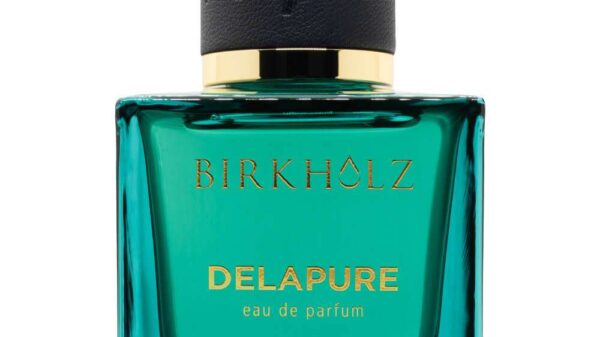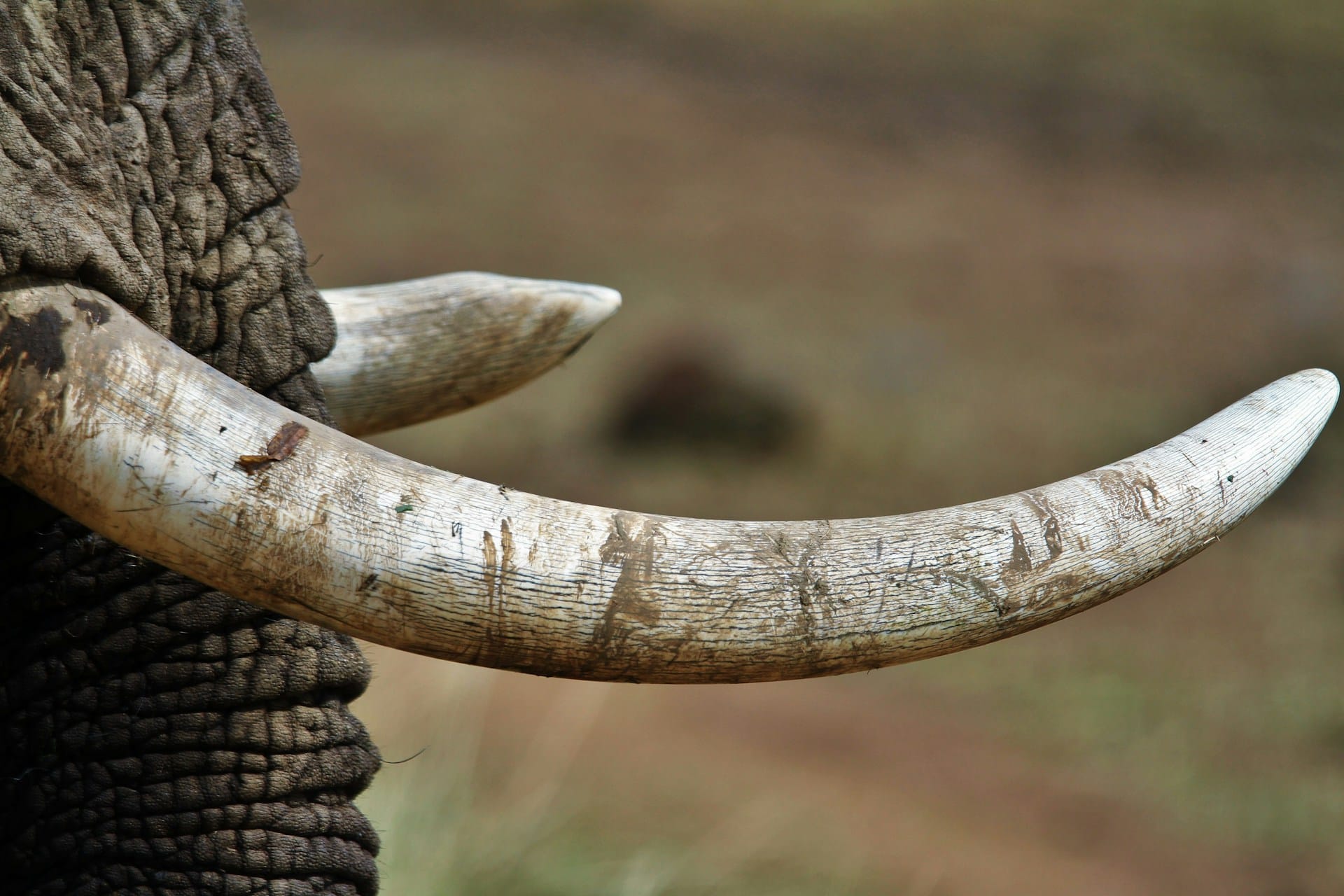In a notable development reflecting Spain’s commitment to environmental protection, authorities recently made significant strides against illegal wildlife trade. The Guardia Civil reported the seizure of an impressive 126 ivory carvings, along with a 1.77-meter long elephant tusk, during an investigation focused on smuggling and environmental crimes. This arrest brings attention not only to the active efforts in curbing illegal wildlife trade but also to a deeper ongoing issue that demands immediate action.
The Seizure: Details and Implications
The confiscated items were sourced from a trading company located in Valencia, known for their traditionally inspired Asian-style designs. These carvings are not just mere collectibles; they symbolize centuries of craftsmanship and cultural significance. However, the troubling reality lies in their origins. The ivory was confirmed to derive from endangered African and Asian elephants—species that remain under constant threat due to poaching and habitat loss.
The necessity of proper documentation for the sale of such items cannot be overstated. Authorities noted that the lack of papers for the seized pieces not only raises legal questions but highlights the grim reality of a black market thriving on endangered species.
The Broader Context of Ivory Trade
Ivory, often referred to as “white gold,” commands high prices on the black market. This demand contributes to the death of approximately 20,000 African elephants each year, according to estimates from the World Wildlife Fund. The tragic irony of a rapidly depleting elephant population continues to cast a shadow over industries that utilize ivory, despite international trade bans imposed under the Convention on International Trade in Endangered Species of Wild Fauna and Flora (CITES).
Focus on Enforcement and Legislation
The recent enforcement action led to the arrest of one woman while four others were placed under investigation. These decisive steps signal not only a crackdown on illegal activities but also a persuasive call for individuals and businesses to reevaluate their practices surrounding wildlife products.
In addition to enforcement, there’s a pressing need for public awareness and education regarding the consequences of illegal wildlife trade. With cultural and artistic heritage at stake, proactive dialogue must occur not just within law enforcement circles but also among consumers and artisans who play a role in this cycle.
Conclusion: A Collective Responsibility
The seizure of ivory artifacts in Spain serves as both a warning and a wake-up call. It illustrates the continuous efforts needed to combat illegal wildlife trafficking while inviting the global community to participate in sustainable practices.
The conversation around ivory trade extends beyond the boundaries of legality—it is a question of ethics, responsibility, and a collective duty to preserve our planet’s natural heritage. As we navigate through these complexities, your choice in supporting ethical fashion, art, and craftsmanship can make a substantial difference in conservation efforts. By opting for alternatives and ethically sourced materials, consumers can play a vital role in ensuring a sustainable future for endangered species.
Image Source: Unsplash


























